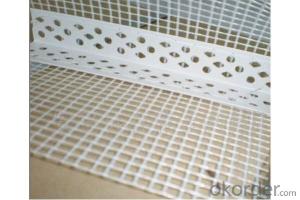Sheet Molding Compound, or SMC for short, is a fascinating material that has found its way into a myriad of industrial applications. It’s not just a material, but a versatile solution that has been embraced by industries ranging from automotive to construction. But what exactly is SMC, and why has it become such a popular choice among manufacturers? Let’s dive into the world of SMC and explore its properties, applications, and the benefits it offers.
The Essence of SMC
At its core, SMC is a composite material made from a combination of resin, glass fibers, and various fillers. The blend is then molded into sheets, which can be further processed into a variety of shapes and sizes. The process of creating SMC involves mixing the ingredients, distributing them evenly, and curing the mixture under heat and pressure. This results in a strong, durable, and lightweight material that is resistant to corrosion and various environmental factors.
Versatility Unleashed
One of the standout features of SMC is its versatility. It can be molded into complex shapes with intricate details, making it ideal for parts that require a high level of precision. This has opened doors for its use in the automotive industry, where SMC components can be found in everything from body panels to engine components. But it’s not just the automotive world that benefits; the construction, electrical, and consumer goods industries also leverage the adaptability of SMC to create a wide range of products.
Aesthetic Appeal
SMC doesn’t just offer functional benefits; it also has an aesthetic appeal. The material can be colored and finished in various ways, allowing manufacturers to create visually appealing products without the need for additional painting or coating processes. This not only enhances the appearance of the final product but also contributes to cost savings and reduced environmental impact.
Strength and Durability
The strength-to-weight ratio of SMC is impressive, making it a favorite among engineers and designers who need to balance strength with weight constraints. Whether it’s for structural components in construction or lightweight parts in transportation, SMC delivers on both fronts. Its durability also means that SMC components have a longer lifespan, reducing the need for frequent replacements and contributing to a more sustainable approach to manufacturing.
Environmental Considerations
In today’s world, where environmental consciousness is paramount, SMC ticks the right boxes. It is a recyclable material, which means that at the end of its life cycle, it can be repurposed rather than ending up in a landfill. This eco-friendly aspect of SMC is particularly appealing to companies that are looking to reduce their carbon footprint and promote sustainability.
The Future of SMC
As industries continue to evolve and new challenges arise, the demand for innovative materials like SMC is only set to grow. With ongoing research and development, we can expect to see even more applications for SMC in the future. From advanced manufacturing techniques to the integration of smart materials, the possibilities are endless.
Embracing SMC in Your Industry
If you’re in the manufacturing sector, embracing SMC could be a game-changer for your business. By incorporating this material into your product lineup, you can offer customers high-quality, durable, and visually appealing products that also align with their environmental values. Whether you’re looking to replace existing materials or explore new product ideas, SMC is a versatile and reliable choice.
Conclusion
In conclusion, SMC is more than just a material; it’s a solution that addresses various industrial needs. Its unique combination of properties makes it an ideal candidate for a wide range of applications. As we move towards a more sustainable and innovative future, SMC is poised to play a significant role in shaping the way we manufacture and create products. So, the next time you see a product made from SMC, remember the thought, innovation, and care that has gone into its creation.

